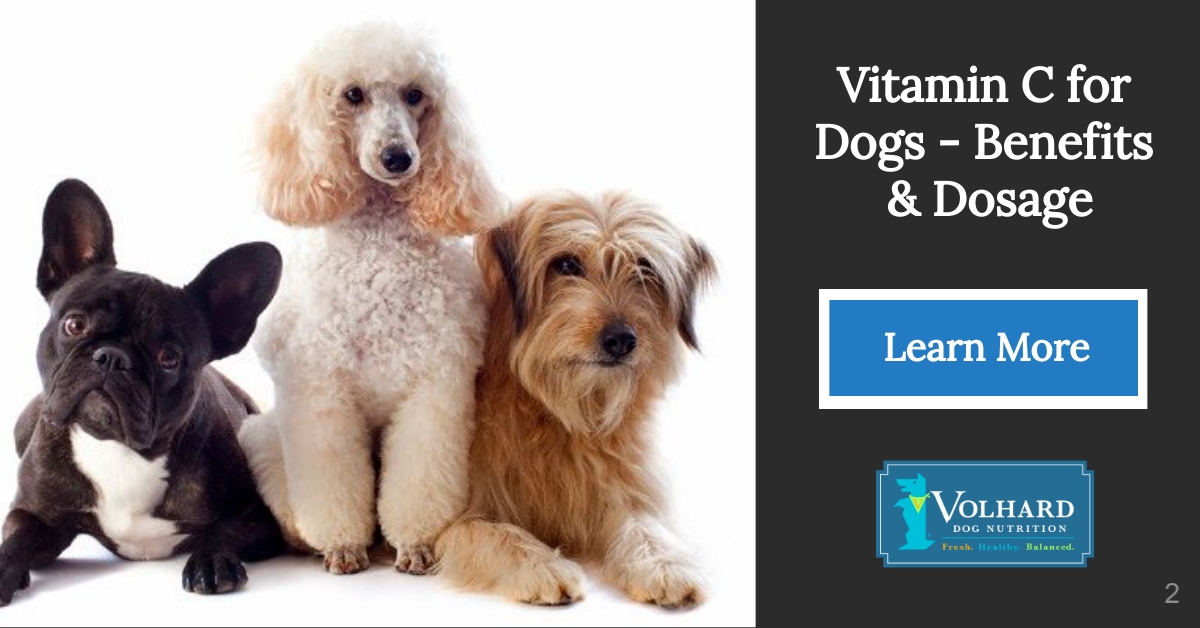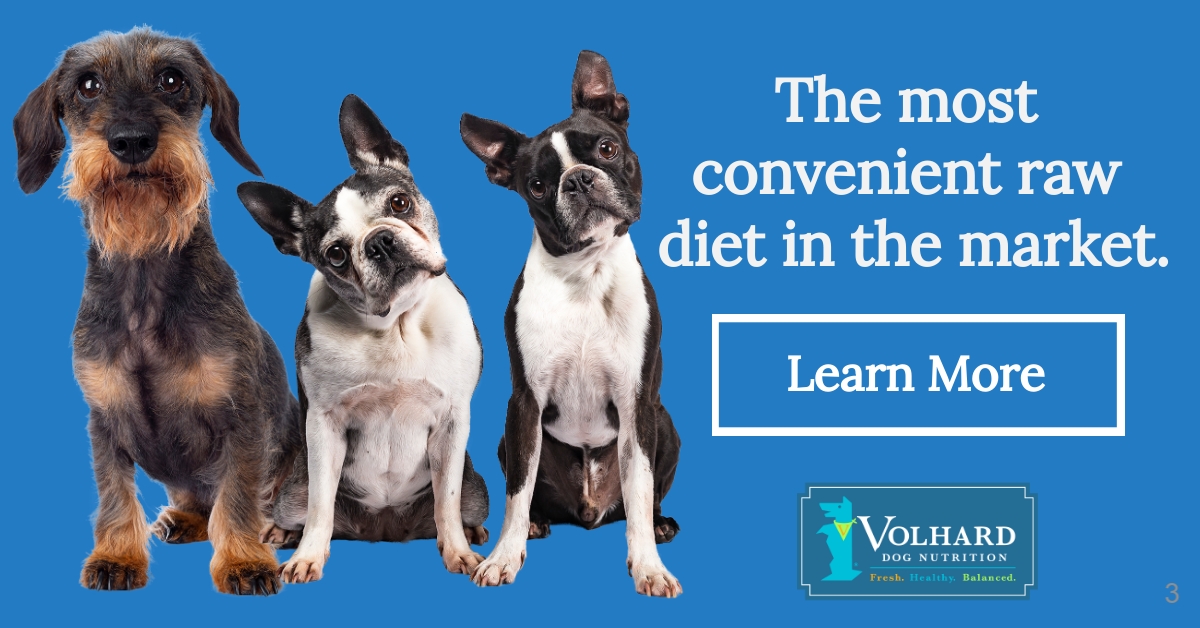The Optimal Care for Dogs with Liver Disease
Posted by Volhard Dog Nutrition on Sep 24th 2020
Discovering that your beloved dog has a medical problem is always a difficult experience to go through. Hearing words from your veterinarian such as “CLD, canine liver disease” or “hepatic encephalopathy” can easily cause your thoughts to swirl into a spiral of negativity. It can be overwhelming, heartbreaking, and feel very out of your control, but there are ways you can take back both your mental health and the physical health of your dog.
For both humans and dogs, the principle of nutrition as an essential part of health and recovery holds true; there is almost no component of your dog’s welfare that will impact their journey with canine liver disease as much as their diet.
So, while much of your pet’s diagnosis and treatment may be frustratingly out of your hands and out of your control, taking charge of your dog’s diet and doing the research to discover the optimal diet for dogs with liver disease can be both empowering and comforting.
What Is CLD (Canine Liver Disease)?
Canine liver disease is one of the top five causes of death (non-accident-related deaths) in dogs, and is prevalent, particularly in dog breeds such as Terriers and Dobermans.
The liver is like the purification filter of the body. It removes both toxic and wasteful cells from the body, and in addition, produces to aid in allowing the body to digest properly.
When liver disease occurs, the body loses its way to effectively filter out and process toxins and some kinds of waste, as well as an important digestive aid. This allows toxic buildup in the body, which can ultimately affect the brain and the heart.
5 Most Common Signs or Symptoms of Canine Liver Disease
- Lack of interest in food
- Vomiting
- Seizures
- Yellowing of the skin, eyes, or mucus—all signs of jaundice
- Higher-than-normal amounts of urine
It is important to catch canine liver disease early on, before the liver has failed, so keeping a close eye on your dog for these symptoms is never a bad idea.
Once your pet has been diagnosed with CLD, you and your veterinarian will work closely to come up with a plan of attack. For some dogs, the disease will be able to be treated by diet alone; for others, additional medications and medical care may be required. Either way, your dog will benefit from a specific diet to address their liver problems.
Dietary Changes
For dogs with canine liver disease that has been caught fairly early on, reducing the amount of copper in their diet and increasing the amount of zinc may be enough to cause a significant impact on your dog’s health. Copper builds up when the liver is not processing food correctly, and zinc can help to reduce already built-up amounts in the liver, while restricting foods that contain copper will not allow further strain. Copper can be found in most organ meats, as well as salmon, pork, and duck.
For some dogs, the liver has lost its ability to process toxins so much so that it is affecting your dog’s neurological state; signs that point to this include seizures and “spacing out”, times of lethargy and staring at nothing. This stage or kind of liver disease is called hepatic encephalopathy (HE). For dogs whose livers have entered into this state, a diet low in protein is crucial to allow the liver to recover. When proteins are broken down during digestion, ammonia is a significant by-product, and so reducing the amount of protein intake, particularly animal proteins, can produce excellent results. Wonderful results have been seen using a vegetarian diet that utilizes proteins like eggs and cottage cheese.
Often, dogs suffering from liver disease do extremely well on a low-protein, high-fat diet. Including as many sources of Omega-3 fats such as fish oil and flaxseed oil is a wonderful way to give your dog the healthy fats his body needs and will be able to effectively process.
Because one of the most common side-effects of liver disease is lack of interest in eating, it is helpful to develop a routine for your pet’s mealtimes, and to increase their meal quantity. Rather than having 3 meals a day, it may be helpful for your dog’s digestive system to have 4-5 smaller meals a day. This allows the liver not to become overwhelmed and irritated by the large volume of food.
Providing a wholesome and especially tailored diet to your dog who has been diagnosed with canine liver disease is one of the most effective ways to allow healing to occur in your dog’s liver, and to give them the health and energy they need to recover. Don’t be afraid to advocate for your pet with your veterinarian, and to work closely with them in creating a tailor-made nutrition plan for your special pooch.



